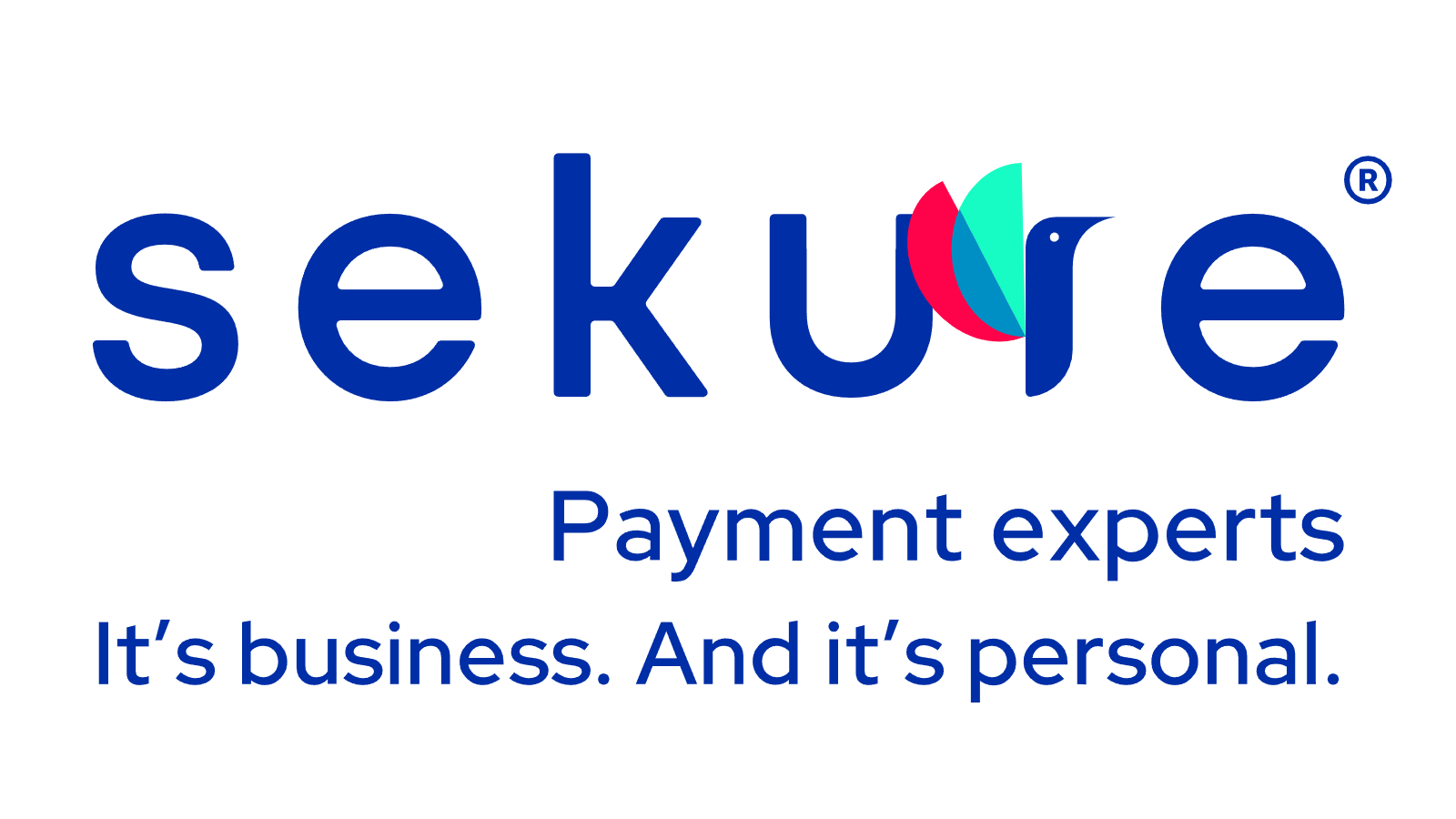What is flat rate card pricing?
Flat rate pricing for credit card processing is designed to be simple and offered without a transaction fee, which can benefit businesses with many transactions. Business owners can easily calculate their credit card processing fees with flat rate processing since the rate is the same each month.
From a budgeting perspective, the flat, consistent rate appeals to business owners. However, keep in mind that flat rate credit card pricing is not necessarily the most cost-effective option.
How does flat rate processing work?
When a business processes a credit card transaction, it's paying three separate fees:
- An interchange fee to the card's issuing bank
- An assessment fee to MasterCard, Visa, or Discover, and
- A markup to the credit card processor.
Interchange rates assigned to an individual credit card transaction range from 0.05% to 3.17%, depending on card type, card brand, processing method, and several other proprietary factors. Interchange fees and assessments are combined into a flat rate, so the merchant won't know which interchange rate is applied.
With flat fee pricing, every transaction has the same processing cost. However, your provider must cover both high-cost (corporate cards) and low-cost (debit card) transaction types, which means they will ultimately charge more for transactions that would cost less on a different plan. Flat rate credit card processing can cost between 2.75% to 3.50% and often charge between $0.20 to $0.30 per transaction.
What are some of the other processing models?
Interchange plus pricing, which credit card processors use to determine the per-transaction cost paid by merchants. The pricing model includes the interchange fee established by the credit card company and a markup set by the credit card processor. Interchange plus pricing is highly transparent in that all the charges are disclosed on your statement, making it harder for processors to slip in extra hidden fees.
Read more about Credit Card Processing Models.
Meanwhile, tiered pricing generalizes many processing rates into three basic tiers: qualified, mid-qualified, and nonqualified. Which tier a particular transaction will fall into depends on several criteria, which the credit card processor sets. Those requirements can include card-present or card-not-present transactions, whether a transaction was processed on the same day it occurred, and which category a purchased item falls into.
Is flat rate processing right for you?
Flat rate processing is the simplest and most straightforward option for merchants who don't want the headache of understanding interchange fees or the uncertainty of what they will pay in processing fees each month.
Flat rate processing can also be a desirable option for new businesses that don't qualify for a merchant account, as it has a low barrier to entry.
But flat rate pricing means lumping all transactions into a single fee, so merchants pay more in the end. Also, merchants may find it difficult to keep records of what methods your customers prefer to pay with , credit cards, debit cards, gift cards , because flat fee payments don't reveal the detailed information on your statement.
Flat rate processing is easy to understand, and the cost is predictable. Remember that the convenience of flat rate processing comes at a price.
Choosing the proper pricing structure is an important decision. Sekure's credit card processing experts are here to help you sort through the details to find the best fit for your business. Give us a call.
Categories

